Plantar Pressure Distribution System (PPDS) is a measurement device based on biomechanical principles and is widely used in medical diagnosis, sports science, rehabilitation engineering and footwear design.
In recent years, with the development of sensing technology, data analysis and artificial intelligence, plantar pressure distribution systems have gradually moved from laboratory research to commercial applications.
However, this process faces many challenges, including technology optimization, market acceptance, cost control and industry standard formulation. This article discusses the key breakthroughs of plantar pressure distribution systems from the scientific research stage to commercialization, and analyzes its future development trends.
Plantar Pressure Distribution System (PPDS) is a measurement device based on biomechanical principles and is widely used in medical diagnosis, sports science, rehabilitation engineering and footwear design.
In recent years, with the development of sensing technology, data analysis and artificial intelligence, plantar pressure distribution systems have gradually moved from laboratory research to commercial applications.
Plantar Pressure Distribution System (PPDS) is a measurement device based on biomechanical principles and is widely used in medical diagnosis, sports science, rehabilitation engineering and footwear design.
In recent years, with the development of sensing technology, data analysis and artificial intelligence, plantar pressure distribution systems have gradually moved from laboratory research to commercial applications.
1. Research progress of plantar pressure distribution systems
The study of plantar pressure distribution originated in the field of biomechanics and was mainly used to analyze the force pattern and gait characteristics of the foot.
With the advancement of sensor technology, researchers have developed a high-resolution, low-power pressure sensor matrix to make the collection of plantar pressure data more accurate. Modern plantar pressure distribution systems usually include the following core technologies:
High-precision pressure sensor: using capacitive, piezoresistive or fiber optic sensing technology to achieve millisecond-level dynamic response and high-resolution pressure measurement.
Data processing and artificial intelligence analysis: Combining big data and machine learning algorithms, it can automatically identify gait abnormalities, predict the risk of diabetic foot ulcers, and evaluate the recovery of sports injuries.
Wireless and portable design: Traditional laboratory-level equipment is large in size. In recent years, the research direction has gradually shifted to wireless transmission and wearable devices to improve the convenience of clinical applications.
The breakthrough in the scientific research stage has laid a technical foundation for the commercialization of the plantar pressure distribution system. However, the transformation from laboratory technology to market products is not easy, and multiple key issues need to be solved.
2. Core challenges from scientific research to commercialization
Although the plantar pressure distribution system has shown great potential in clinical medicine, rehabilitation training, and sports science, its commercialization process is still constrained by the following factors:
Equipment cost and market pricing
The high cost of high-precision pressure sensors and data processing systems has led to expensive commercial products, limiting large-scale popularization. Reducing manufacturing costs and optimizing production processes are the core issues that need to be solved in the commercialization process.
Data standardization and clinical validation
At present, the plantar pressure distribution systems developed by different research institutions and companies lack unified industry standards, resulting in low interoperability of data between different platforms. In addition, the clinical effectiveness of the system needs long-term verification before it can be recognized by medical institutions and regulatory agencies.
User acceptance and market promotion
Although the plantar pressure distribution system has a wide range of applications in diabetic foot, foot and ankle injuries, and orthopedic insole design, most doctors and patients have limited knowledge of it. Market promotion needs to strengthen education and publicity to improve users' awareness and acceptance of the technology.
Optimization of artificial intelligence and personalized applications
Although the existing system has data analysis capabilities, there is still room for optimization in intelligent diagnosis and personalized treatment plan recommendations. Future development directions include adaptive algorithms based on big data and artificial intelligence to improve diagnostic accuracy and personalized intervention capabilities.
3. Commercialization breakthroughs and future development directions
In recent years, the commercialization of plantar pressure distribution systems has made a series of breakthroughs, which are mainly reflected in the following aspects:
Expansion of diversified application scenarios
Traditional plantar pressure distribution systems are mainly used in medical research. With the acceleration of commercialization, their application scope has expanded to athlete gait analysis, smart insoles, rehabilitation training monitoring and other fields.
For example, some companies have launched smart insole products, which provide personalized health management solutions for athletes, the elderly and diabetic patients by monitoring user gait data in real time.
Technology integration and product iteration
Modern plantar pressure distribution systems are gradually combined with wearable devices, cloud computing and Internet of Things (IoT) technologies to achieve remote monitoring and data sharing.
For example, some smart shoe products have wireless data transmission functions, enabling doctors and patients to obtain plantar pressure data at any time to achieve personalized health management.
Industry standardization and regulatory support
With the growth of market demand, the industry standardization process of plantar pressure distribution systems is accelerating.
International medical device standards (such as ISO 13485) and medical regulatory policies of various countries (such as FDA, CE certification) are promoting the standardization of clinical applications of plantar pressure distribution systems and providing legal protection for market promotion.
Intelligent upgrade driven by artificial intelligence
In the future, plantar pressure distribution systems will further combine artificial intelligence technology to achieve automatic gait analysis, abnormality identification and personalized treatment recommendations. For example, through deep learning models, plantar pressure data can be analyzed in real time, the risk of diabetic foot ulcers can be predicted, and personalized foot health management plans can be generated.
The plantar pressure distribution system is rapidly moving from the scientific research stage to commercial application. Although it still faces challenges such as cost, standardization, and market promotion, the system has broad commercial prospects with the continuous progress of sensing technology, data analysis, and artificial intelligence.
In the future, by optimizing product design, expanding application scenarios, and strengthening industry standardization, the plantar pressure distribution system is expected to play a greater role in the fields of medical care, sports science, and smart wearable devices, providing more accurate foot health management solutions for global users.

 +86-0755-86131192
+86-0755-86131192 2025-02-06
2025-02-06 Back to list
Back to list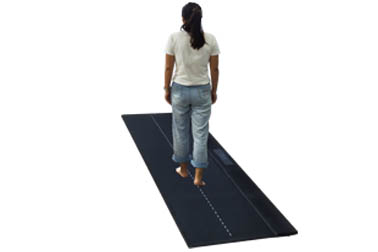
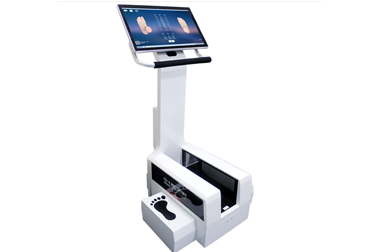
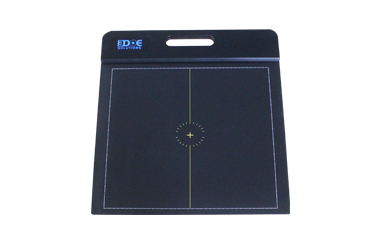
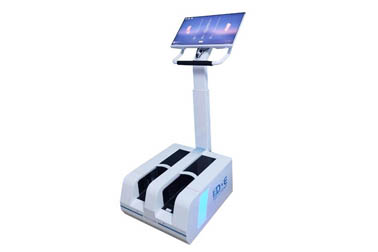
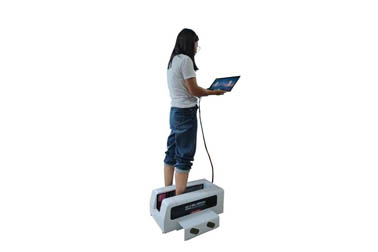



 +86-0755-86131192
+86-0755-86131192